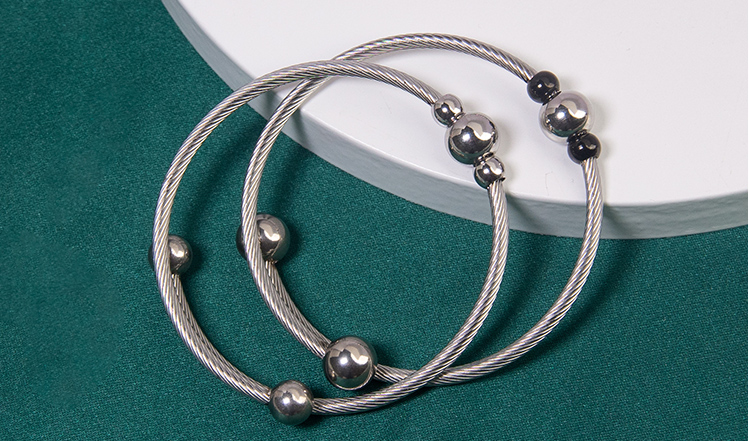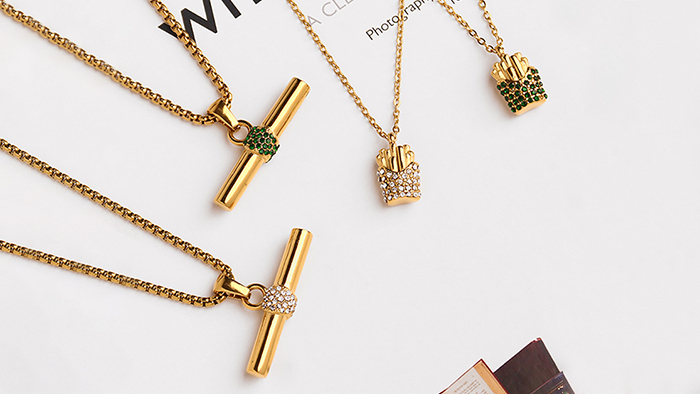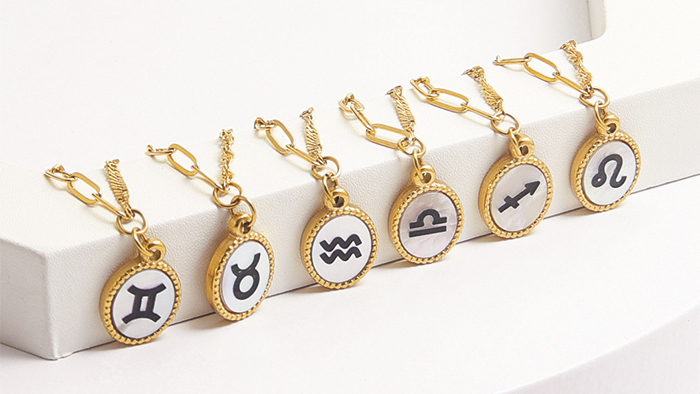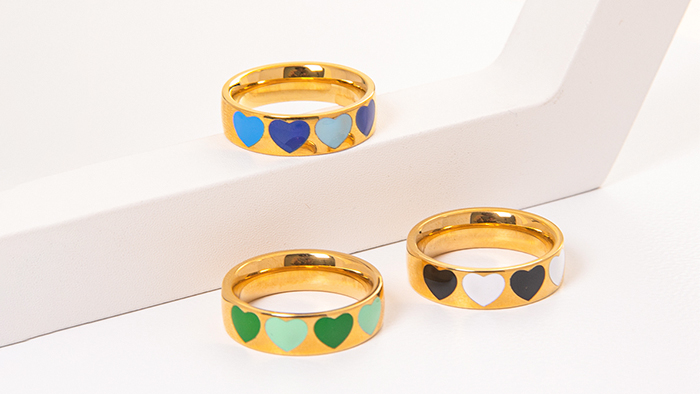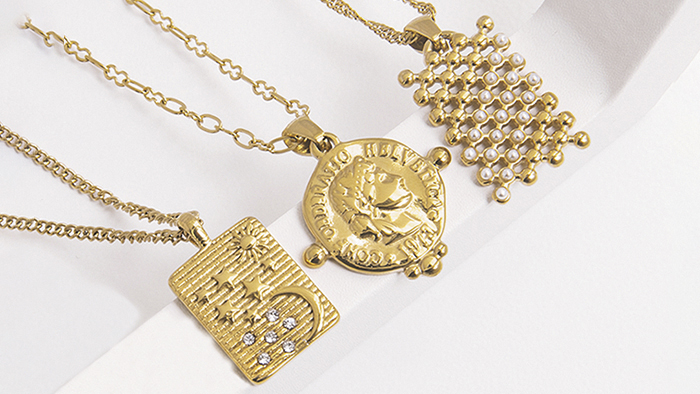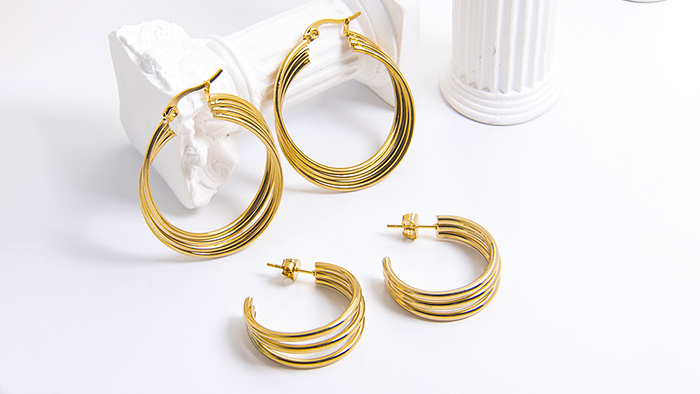How to overcome the stainless steel jewelry side effects?
Stainless steel jewelry is generally considered safe and hypoallergenic for most people, as it doesn’t contain nickel, a common allergen found in many other metals. However, some individuals may experience side effects or skin reactions even with stainless steel jewelry. If you or others are facing such issues, there are several strategies to overcome potential stainless steel jewelry side effects:
Identify the Cause:
Check Material Composition:Ensure that the jewelry is made from high-quality stainless steel. Lower-quality stainless steel or alloys may contain elements that could trigger reactions.This is one of the most important factors that has stainless steel jewelry side effects.
Evaluate Other Components:Examine any additional components, such as clasps or fasteners. Sometimes, non-stainless steel components can cause reactions.
Opt for High-Quality Stainless Steel:
Choose Surgical or Medical Grade:Consider opting for surgical or medical-grade stainless steel. These grades are known for their high resistance to corrosion and are less likely to cause skin reactions.
Avoid Low-Quality Alloys:Be cautious with low-quality stainless steel or alloys. As for stainless steel jewelry side effects,While they may be more affordable, they could contain impurities that lead to skin irritation.
Ensure Proper Cleaning and Maintenance:
Regular Cleaning:Clean your stainless steel jewelry regularly to remove any accumulated dirt, sweat, or other substances that might contribute to skin irritation.
Avoid Harsh Cleaning Agents:Use mild soap and water for cleaning. Avoid harsh chemicals that could potentially react with the metal.This is the most important stainless steel jewelry side effects.
Consider Coated or Plated Options:

Choose Coated Jewelry:Consider stainless steel jewelry with additional coatings, such as gold or silver plating. This layer can act as a barrier between the metal and the skin.Powell is One of China’s largest professional designer,manufacturer and wholesaler of stainless steel jewelry, copper jewelry and 925 sterling silver jewelry since 2009.Their stainless steel jewelry, all are 18k gold PVD plated, waterproof and non-tarnish.
Check Coating Material:Ensure that the coating material is also hypoallergenic and doesn’t contain substances that could cause reactions.
Test for Sensitivity:
Patch Test:Conduct a patch test by wearing the jewelry on a small area of your skin for a short duration. This can help you identify any immediate reactions before wearing the jewelry for an extended period.
Observe Reactions:Observe how your skin reacts over time. If there is persistent irritation, it’s advisable to discontinue wearing the particular piece of jewelry.
Apply a Protective Barrier:
Use Clear Nail Polish:Apply a thin layer of clear nail polish to the areas of the jewelry that come into direct contact with your skin. This can create a barrier and reduce direct contact with the metal.
Specialized Barrier Products:Some individuals use specialized barrier products designed for this purpose. These products create a protective layer between the skin and the jewelry.
Consider Alternative Metals:
Explore Other Hypoallergenic Metals:If stainless steel continues to cause irritation, consider alternative hypoallergenic metals such as titanium, sterling silver, or gold.
Trial and Error:It may take some trial and error to find the metal that suits your skin best. Everyone’s skin is different, and what works for one person may not work for another.
Consult a Dermatologist:Professional Advice:If you experience persistent skin irritation, consult with a dermatologist. They can conduct tests to identify specific allergens and provide personalized recommendations.
Allergy Testing:Allergy testing can help determine if you have sensitivities to specific metals or materials commonly found in jewelry.
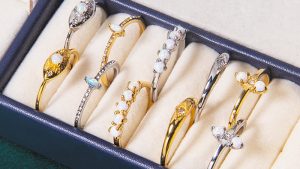 Manage Other Factors:
Manage Other Factors:
Address Skin Conditions:If you have pre-exist skin conditions, such as eczema or dermatitis, manage them effectively. These conditions can make your skin more susceptible to irritation.
Avoid Moisture Trapping:Ensure that moisture doesn’t get trapped between the jewelry and your skin. Remove jewelry before swimming, showering, or engaging in activities that may cause sweating.
While stainless steel jewelry is generally well-tolerated, individuals may experience side effects due to various factors. In response to these stainless steel jewelry side effects ,identifying the cause, choosing high-quality materials, testing for sensitivity, and considering alternative metals are key strategies to overcome potential stainless steel jewelry side effects. If problems persist, seeking professional advice from a dermatologist is recommended to address specific skin conditions or allergies. Remember, individual reactions can vary, so finding the right approach may require a bit of experimentation.

